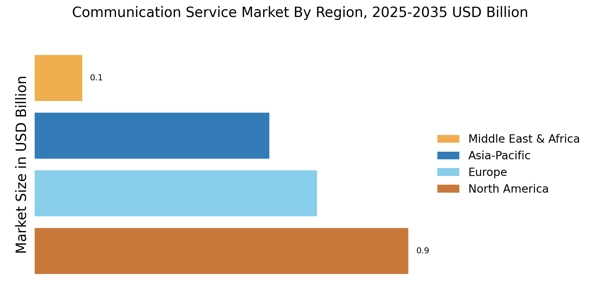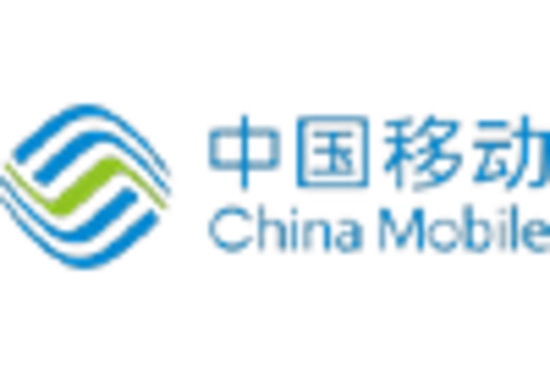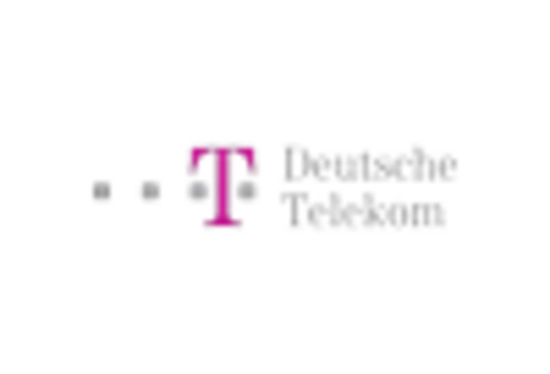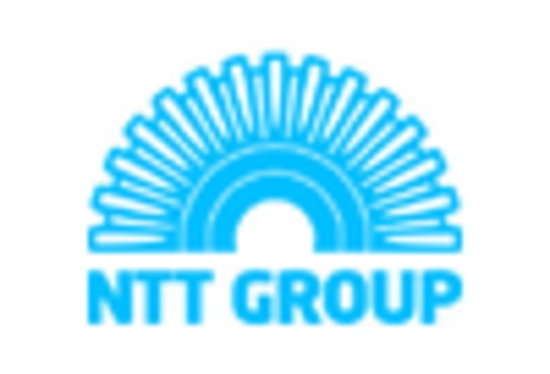Growing Focus on Customer Experience
The Communication Service Market is increasingly prioritizing customer experience as a key driver of growth. Service providers are recognizing that enhancing customer satisfaction can lead to higher retention rates and increased revenue. Recent studies indicate that companies that invest in customer experience see a return on investment of up to 300%. This focus on customer experience is prompting providers to leverage data analytics and artificial intelligence to personalize services and improve service delivery. By understanding customer preferences and behaviors, companies can tailor their offerings, thereby fostering loyalty and engagement. As competition intensifies, the emphasis on customer experience is likely to become a defining characteristic of the Communication Service Market.
Emergence of Internet of Things (IoT)
The Communication Service Market is significantly influenced by the emergence of the Internet of Things (IoT). As more devices become interconnected, the demand for robust communication services to support these networks intensifies. It is estimated that by 2025, there will be over 75 billion connected IoT devices globally, necessitating advanced communication infrastructure. This proliferation of IoT devices drives service providers to innovate and expand their offerings, particularly in areas such as machine-to-machine communication and smart city applications. The integration of IoT into everyday life not only enhances consumer experiences but also presents new revenue opportunities for companies within the Communication Service Market.
Rising Demand for High-Speed Internet
The Communication Service Market experiences a notable surge in demand for high-speed internet services. As more individuals and businesses rely on digital connectivity, the need for faster and more reliable internet becomes paramount. According to recent data, the number of broadband subscriptions has increased significantly, with a projected growth rate of approximately 10% annually. This trend is driven by the proliferation of smart devices and the increasing consumption of data-intensive applications such as streaming services and online gaming. Consequently, service providers are compelled to enhance their infrastructure to meet this escalating demand, thereby fostering competition and innovation within the Communication Service Market.
Regulatory Changes and Compliance Requirements
The Communication Service Market is increasingly shaped by evolving regulatory changes and compliance requirements. Governments worldwide are implementing stricter regulations to ensure data privacy and security, which directly impacts service providers. Compliance with these regulations often necessitates significant investment in technology and infrastructure. For instance, the implementation of the General Data Protection Regulation (GDPR) has prompted many companies to reassess their data handling practices. As a result, service providers are likely to enhance their offerings to ensure compliance, thereby fostering trust and reliability in the Communication Service Market. This regulatory landscape may also create barriers to entry for smaller players, consolidating market power among larger firms.
Adoption of Cloud-Based Communication Solutions
The Communication Service Market is witnessing a marked shift towards cloud-based communication solutions. Organizations are increasingly adopting these services to enhance operational efficiency and reduce costs. The cloud communication market is projected to grow at a compound annual growth rate of around 15% over the next few years. This growth is attributed to the flexibility and scalability offered by cloud solutions, allowing businesses to adapt to changing needs without significant capital investment. Furthermore, the integration of advanced features such as video conferencing and collaboration tools into cloud platforms is likely to drive further adoption, positioning cloud-based services as a cornerstone of the Communication Service Market.


















Leave a Comment